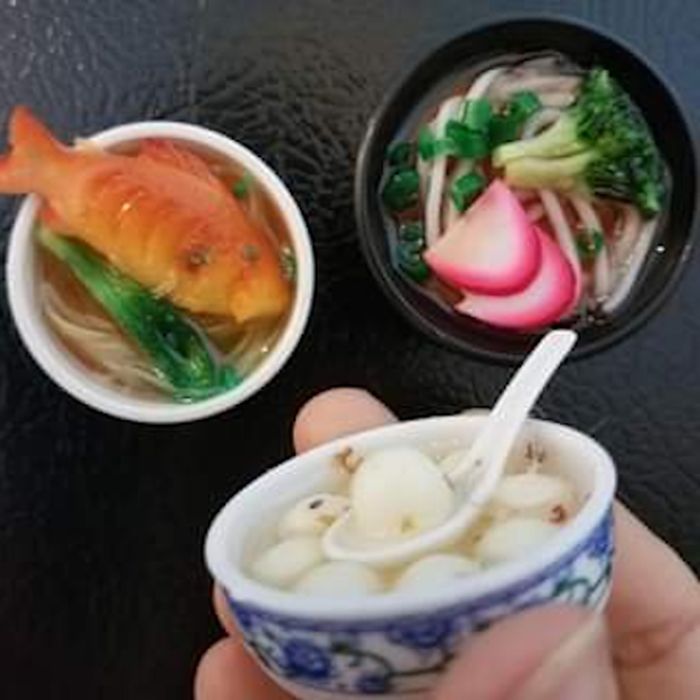
Charles R. Goulding and Preeti Sulibhavi consider the possibility of using 3D printing to create sampuru.
Already popular, take-out food has experienced exponential growth since the Covid-19 pandemic began.
Many are familiar with Asian food establishments that use colorful pictures above the counter to present menu choices. In Japan, there is a 100-year-old US$90M industry that uses hand-painted, plastic “fake food” to present menu options. Often the sampuru “fakes” are so realistic they are mistaken for real food.
In Osaka, Japan, sampuru was initially created using wax. Takizo Iwasaki is acknowledged as the father of the industry, and his company, Iwasaki-bei, continues to do business. Since the 1970s plastic has replaced the wax models and there is still work to be done replicating and perfecting particular items.
Uncooked natural food is the hardest to imitate. For instance, Japanese leek or negi is used in a plethora of Japanese dishes, including ramen, so it needs to be very convincing. The fine layers and strips associated with leeks is what poses the greatest challenge to sampuru artisans.

Sampuru can be 3D printed, which is a way Sampuru could be introduced to other parts of the world. Using 3D printing to produce Sampuru is controversial in Japan since it is considered by many to be a form of hand-crafted art.
As sampuru has traditionally been a hand-crafted art, as with most things, times change and thoughts evolve. Technology is bound to catch up with sampuru, and that includes 3D printing. 3D printers can quickly and effectively fabricate sampuru pieces whether it is a tray of assorted sushi, or a dish of ramen noodles, 3D printers can create these layered pieces with the fine definition that is required.
It is possible that future restaurants outside Japan might make use of 3D printed sampuru from high quality 3D model providers. Sampuru may even become a default category in major 3D model repositories.
The Research & Development Tax Credit
The now permanent Research and Development (R&D) Tax Credit is available for companies developing new or improved products, processes and/or software.
3D printing can help boost a company’s R&D Tax Credits. Wages for technical employees creating, testing, and revising 3D printed prototypes can be included as a percentage of eligible time spent for the R&D Tax Credit. Similarly, when used as a method of improving a process, time spent integrating 3D printing hardware and software counts as an eligible activity. Lastly, when used for modeling and preproduction, the costs of filaments consumed during the development process may also be recovered.
Whether it is used for creating and testing prototypes or for final production, 3D printing is a great indicator that R&D Credit eligible activities are taking place. Companies implementing this technology at any point should consider taking advantage of R&D Tax Credits.
Conclusion
Sampuru is a beautiful art form with practical applications. If artists use 3D printing the art form could expand to other nations, and for other product categories, especially those without the homegrown talent, like Japan.

